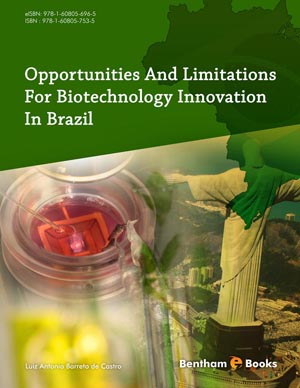Abstract
Considering the current scenario of global climate change, high-temperature stress is becoming a major threat limiting crop yield and productivity of crops including mungbean (Vigna radiata L. Wilczeck), globally. Significant yield reduction in mungbean due to high-temperature stress, especially during the reproductive stage, has been observed by various researchers. Therefore, identification of heat-tolerant mungbean lines by using different selection criteria, based on field trials evaluating various yield traits, is urgently needed. An overview of different morpho-physiological responses of mungbean under heat stress may help in formulating appropriate strategies for improving its yield potential. In addition, identification and incorporation of appropriate management strategies may enhance the productivity and sustainability of mungbean worldwide. The key findings of this chapter include the effects of heat stress on growth, reproduction and physiology of mungbean growing at different agroclimatic zones. Further, effective approaches for managing heat stress such as selection and screening of available germplasm under field trials, application of exogenous thermo-protectants and well-integrated genetic and agronomic management methods, are also discussed to improve mungbean performance under heat stress. However, the implications of the above-mentioned techniques for heat stress management require deep insight into heat tolerance mechanisms, molecular breeding, and gene characterization methods.
Keywords: Breeding, Mungbean, Heat tolerance, High temperature, Legumes.












